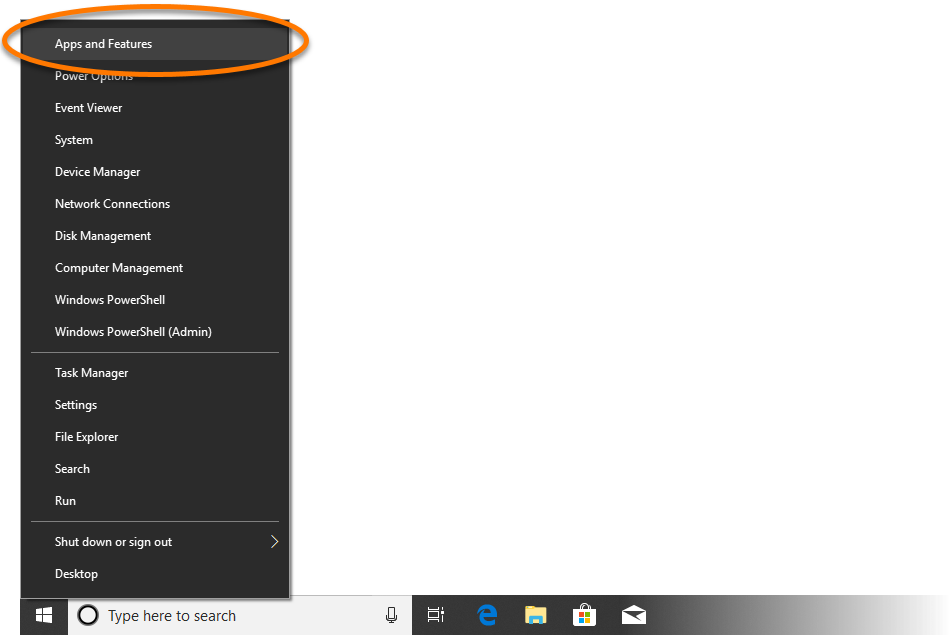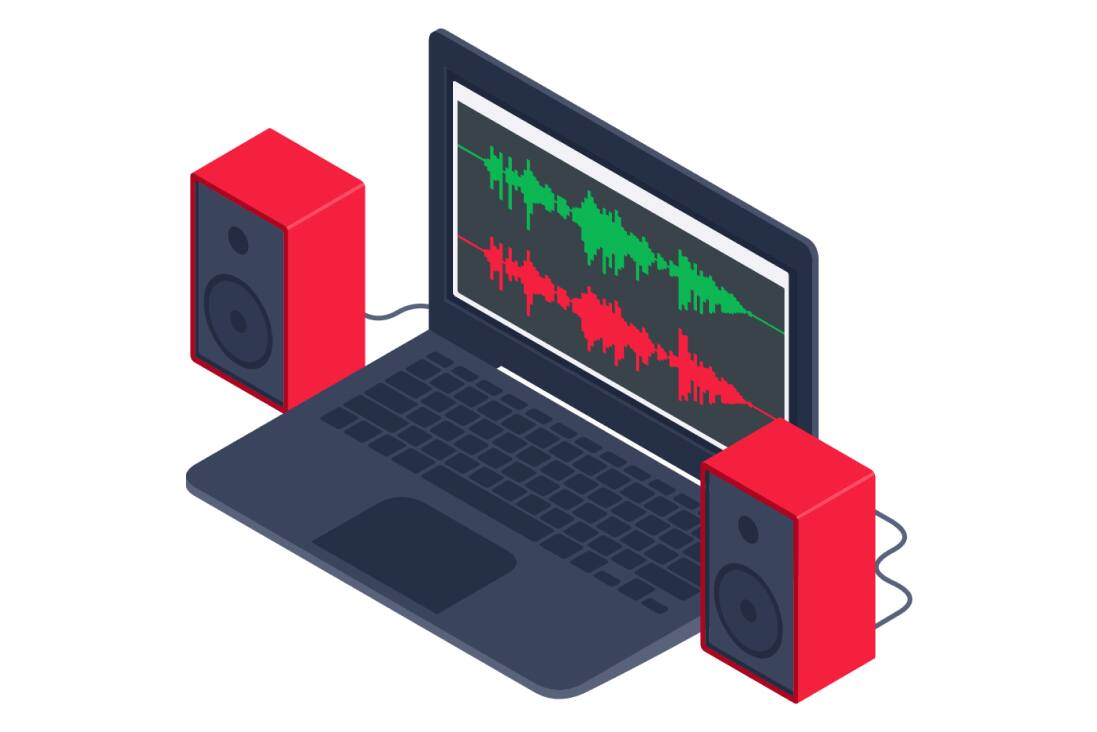

This is especially true today, where “social engineering” (a type of threat that involves manipulating and lying over social channels) is one of the primary distribution methods for malware of all types. The Trojans that followed were not so innocent, and they quickly became one of the most popular kinds of malware attacks. It was harmless and easy to fix, but since it did not disclose the virus it contained, it qualified as a Trojan. A simple animal-themed guessing game, it made backups of itself on every drive the current user could access, taking great pains not to damage or overwrite anything in the process.
AVAST DRIVER UPDATER TROJAN CODE
This piece of code disguised itself as a game to get users to download it, and then secretly ushered in a self-replicating virus. It wouldn’t stay in the hypothetical realm for long.Ī mere one year later, the first “real” Trojan (although there is some debate if it counts) was discovered in the wild: a program called ANIMAL-PERVADE. Their name was coined all the way back in a US Air Force report from 1974, which listed all the hypothetical ways a computer system could be compromised.

Trojans have the distinction of being one of the first pieces of malware to ever exist. What is a Trojan?īasically, a Trojan is a malicious program that pretends to be harmless in order to trick people into downloading it. They may sit quietly in your computer, collecting information or setting up holes in your security, or they may just take over your computer and lock you out.


 0 kommentar(er)
0 kommentar(er)
